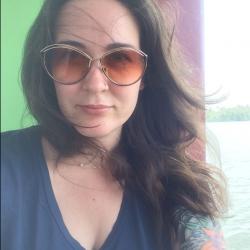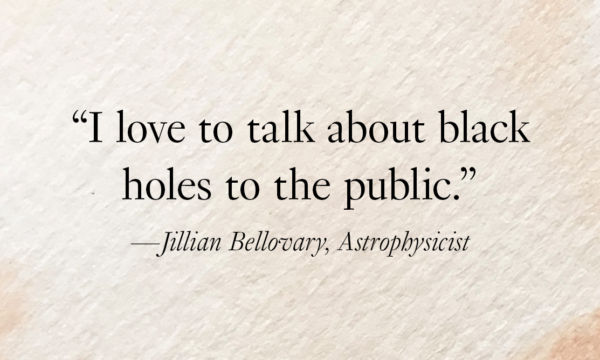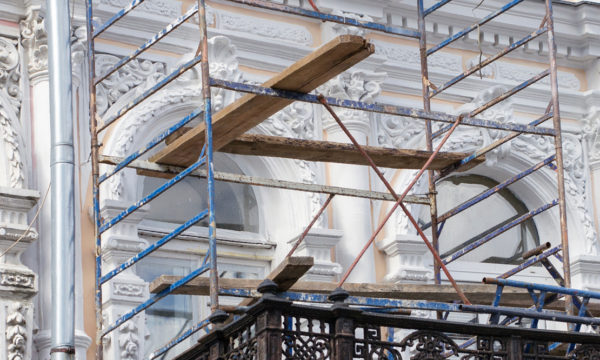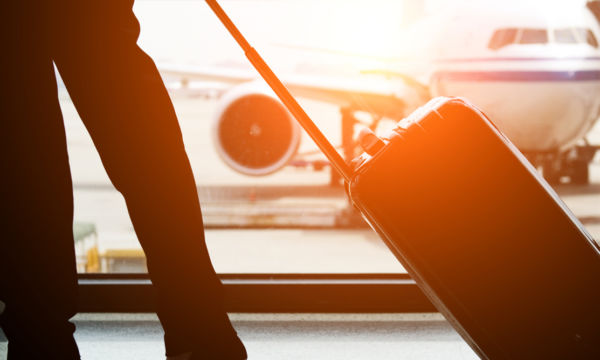So, What Do You Do? Part 3
February 28, 2019 | Filed in: Your Career
“So, What Do You Do?” is a new MM series featuring extraordinary women in the kinds of jobs that make you sit up and say, “What’s that like?” Every week, another original entrepreneur, executive, artist, or scientist will own the answer by sharing what she does, how she does it, and why she does what she does. Up this week, Dr. Joye M. Carter, a forensic pathologist and chief medical examiner, on curiosity, positivity, and making good eye contact.
Dr. Joye M. Carter built her career on firsts. After becoming both the first physician and first military officer in her family, she went on to become the country’s first black chief medical examiner, including star turns in Washington, D.C. and Harris County, Texas (in Houston); the first black, female chief forensic pathologist in Marion County, Indiana (Indianapolis); and the first black, female deputy chief of the Armed Forces Medical Examiner department.
“Ever since I was a little girl,” Carter says, “my attitude has been: I’ll kick the door in. I am kicking the door in. If you don’t believe in yourself, people will chop you off at the knees.”
The triple board-certified physician and U.S. Air Force veteran has written multiple books, including I Speak for the Dead, and consulted for the NAACP. In her current position as the first full-time forensic pathologist in San Luis Obispo, California, Carter is tasked with performing autopsies and medical inspections, responding to homicide scenes, reviewing suspicious deaths, and providing expert witness testimony. In case you were wondering if she gets impatient with being cast as “first,” when she’s asked what she wants to be remembered for, Carter says, without a beat, “Being the nation’s first black chief medical examiner!”
Here’s just some of what she does in a day:
Performs post-mortem exams.
“I thoroughly examine the human body to determine a cause of death. At age 14, I was helping prepare meals for the medical staff at a Catholic hospital down the street from my home in Indianapolis. I remember standing in the hallway, reading a book, when the sisters were bringing a body down to the morgue. I was very curious and begged my way into seeing what was going on. The doctor finally allowed me to observe the autopsy. I knew then that’s what I wanted to do. I was intrigued by the idea of being able to examine the body and discuss the organs and their function and how they react to injury. I still remember seeing the pedal marks on the foot of a motorcycle accident victim and talking about speed and the injuries and the head trauma. Playing that detective role was fascinating.”
Bridges the gap between treating physicians and families or law enforcement and families.
“I’m the one who comes to the family and explains what happened. To do that, you have to tap your communication skills and abilities to be thorough and honest. You need good eye contact and to make sure people understand what you’re saying. And you have to maintain neutrality. I don’t take sides and I’m not thrown off-guard by my emotions.”
Visits death scenes and compares notes with detectives.
“We’ll go, but it depends on the situation whether I will need hiking boots or a hazmat suit.”
Makes a point of being positive…
“Looking back at my medical training at Howard University, bedside manner was first and foremost. Most pathologists are a bit antisocial. I always tell people I am not your typical forensic pathologist. When you are dealing with end of life, you need to appreciate life while you have it. I find it much easier to be pleasant, and to think pleasant thoughts, than to walk around being negative. That doesn’t necessarily go along with what you think about when you think of the person who examines a dead body.”
…while also demanding—and commanding—respect.
“I remember sitting front row at Wittenberg University [in Ohio, where Carter received her BS] waiting for my organic chemistry class to start. The professor came with a stern look and said, ‘Seventy-eight percent of you are going to flunk this class.’ I turned around to see who he was talking to because I knew he wasn’t talking to me. I did not intend to fail. My confidence has always been there. I never felt that I was lesser than. When I was a resident at the D.C. medical examiner’s office, a police officer said to me, ‘Oh, you’re the same age as my daughter—I can’t call you doctor.’ I said, ‘I promise not to call you daddy and ask for an allowance.’ He had no problem calling me doctor after that. I’m firm but polite, and I don’t give an inch.”
Deals with some truly unpleasant scenarios.
“This is a physically demanding job. I can be on my feet for hours. But the least appealing part of it is having to look at gastric contents. Sometimes seeing what people had to eat is nauseating, but you have to do it.”
Balances that with the more intellectual aspect of her job.
“The job is also very cerebral, because you have to stay on top of not only pathology but every medical specialty. I have to keep up on medical practices that are in vogue and to understand and communicate the written medical records of someone who practices another form of medicine. It’s lifelong learning.”
Mentors others in her field.
“I have successfully trained and mentored a number of board-certified forensic pathologists, and I integrated the field. Two of my African-American mentees are the current chief medical examiners in Washington, D.C., and Baltimore. I taught them to appreciate that no matter what you look like, when you peel back the skin, we’re all the same.”
Counters the image of forensic pathology from TV crime shows.
“On TV, they always have the answer right away. Oh, they got the DNA back in 20 minutes! That doesn’t happen. We give ourselves six to eight weeks to get a complete report back. On these shows, the dogwalker always finds the body. I’ve been walking dogs for 40 years and I’ve never found a body!”









